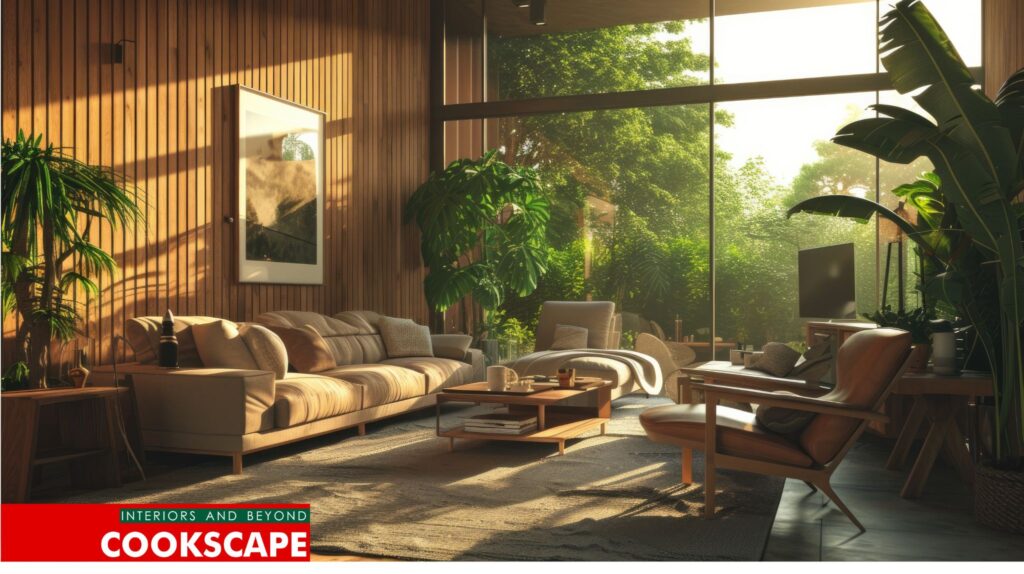Zen and the Art of Design: Creating Tranquil Spaces for Bedrooms and Business Environments
A. Introduction
In today’s fast-paced world, the quest for tranquility has become increasingly vital. Our surroundings play a significant role in our mental and emotional well-being. Interior design is not merely about aesthetics; it is about creating environments that foster peace and balance. The concept of zen design embodies these ideals, offering a pathway to cultivate serene spaces in both our homes and workplaces. This article explores how to implement zen principles in bedrooms and business environments, transforming them into havens of calm.

B. The Essence of Zen Design
At its core, zen design revolves around simplicity, harmony, and balance. It is about stripping away the unnecessary to focus on what truly matters. This approach helps create environments that feel open and inviting, promoting a sense of peace.
One of the fundamental principles of zen aesthetics is the use of natural materials. Wood, stone, and other organic elements connect us to the earth, grounding us in our space. Color also plays a crucial role; soft, muted tones evoke calmness, while brighter colors can create energy and vibrancy.
The psychological benefits of zen design are profound. Research shows that environments characterized by tranquility can significantly reduce stress and anxiety, enhance focus, and improve overall well-being. By embracing zen principles in our designs, we not only enhance our physical spaces but also our mental landscapes.
C. Designing Tranquil Bedrooms
- Creating a tranquil bedroom is about fostering an environment conducive to rest and relaxation. Start by selecting a soothing color palette. Soft blues, greens, and neutrals can promote serenity, while deeper shades can add a touch of coziness. Consider painting the walls in calming colors and choosing bedding that complements this palette.
- Furniture arrangement is equally important in promoting tranquility. A clutter-free space enhances relaxation, so opt for minimalist furniture that serves multiple purposes. For example, a bed with built-in storage can help keep the room organized. Place the bed in a position where you can see the door without being directly in line with it—this “command position” promotes a feeling of safety and security.
- Incorporating natural elements is a key aspect of zen design. Consider adding houseplants, which not only purify the air but also bring a sense of life and vitality to the space. A small water feature or a simple arrangement of stones can enhance the peaceful atmosphere.
- Lastly, personal touches can elevate your bedroom’s tranquility. Include artwork or decor that resonates with you—perhaps a piece that evokes calmness or reminds you of a peaceful place. The goal is to create a sanctuary where you can unwind and recharge.
D. Crafting Peaceful Business Environments
In the workplace, the need for tranquility is just as essential as in the home. A well-designed office can significantly impact productivity, creativity, and employee satisfaction. Begin by creating welcoming workspaces that feel open yet private. Avoid cluttered desks and opt for clean lines in furniture design.
Color choices in commercial spaces should also reflect zen principles. Soft, neutral tones can create a calm atmosphere, while accents of nature-inspired colors—like green or brown—can bring in elements of the outdoors. Consider using large windows or glass walls to allow natural light to flood the space, fostering a connection with the outside world.
Designing flexible spaces is crucial in modern offices. Create areas that can adapt to various functions, such as collaborative workspaces, quiet zones, and meeting rooms. Furniture that can be easily rearranged promotes collaboration and encourages creativity while providing spots for individual reflection.
Incorporating mindfulness areas within the office is an innovative way to enhance employee well-being. These spaces could include a small meditation room or a quiet corner with comfortable seating where employees can take a break. The key is to provide a sanctuary where staff can recharge, reducing stress and increasing focus.
E. Finding Common Ground
- While bedrooms and business environments may seem vastly different, they share common goals when it comes to design. Both aim to create spaces that promote well-being, productivity, and relaxation. By applying zen design principles to both areas, we can find a harmonious balance that enriches our lives.
- Consider the impact of successful implementations of zen design in various settings. For instance, many innovative companies have embraced open floor plans that integrate nature, using biophilic design to connect employees with the outdoors. These spaces often feature living walls, water features, and ample greenery, enhancing both aesthetics and functionality.
- In homes, individuals are increasingly seeking ways to create multifunctional spaces that serve both personal and professional needs. This approach allows for a seamless transition between work and relaxation, promoting balance in daily life.
F. Conclusion
The journey towards creating tranquil spaces through zen design is one of mindfulness and intention. By prioritizing simplicity, harmony, and the integration of nature, we can transform our bedrooms and business environments into sanctuaries of peace. The benefits of such designs extend beyond aesthetics; they enhance our mental and emotional well-being, allowing us to navigate the complexities of life with greater ease.
Embracing these principles invites us to slow down, reflect, and appreciate our surroundings. As we cultivate these tranquil environments, we empower ourselves to lead more balanced and fulfilling lives, both at home and at work. Begin your journey toward zen design today, and experience the transformative power of creating harmonious spaces.














Post Comment